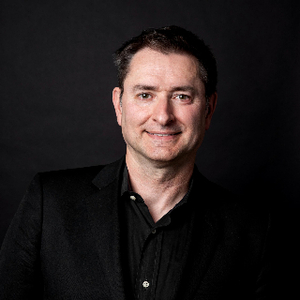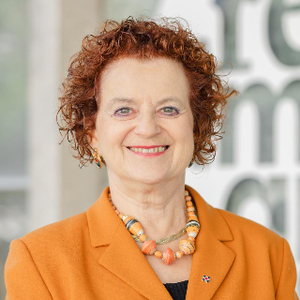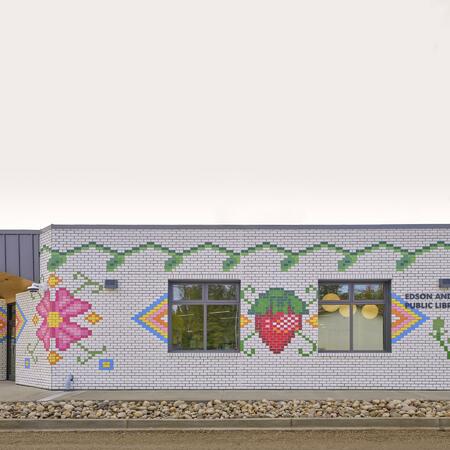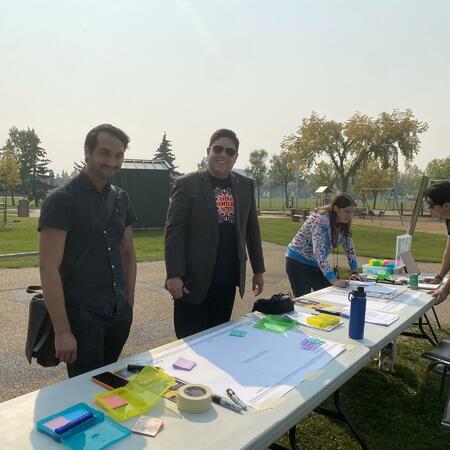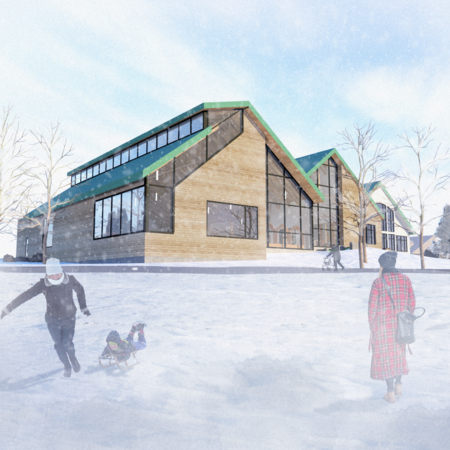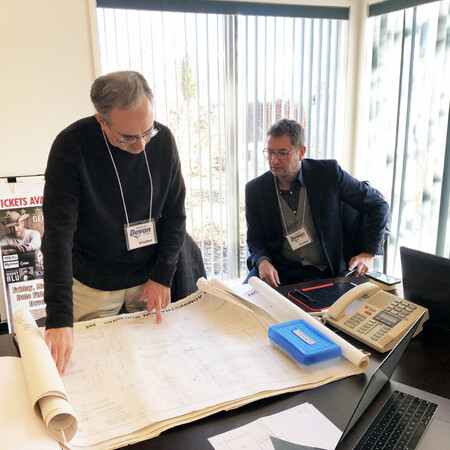Project Sectors
HISTORY
For decades, the Town of Slave Lake's active Theatre groups were looking for a performance space. The opportunity to build a legacy facility to commemorate the fires of 2011, offered the opportunity to move forward with this project. At the same time Town's only the Daycare Centre occupied aging and inadequate facilities and was bursting at the seams. The joint need of both groups, along with the demand for a gathering and event space for Slave Lake led to the integrated design of this unusual facility.
INNOVATION
Located on the site of the former Elks Club, the Town of Slave Lake aspired to create a community hub that serves as a cultural and community facility. The new Slave Lake Legacy Centre pays homage to the wildfire of 2011, while demonstrating the community’s optimism for the town’s bright and regenerative future. The facility honours the spirit and courage of the Slave Lake residents and the diverse cultural and historical legacies of the area, including its indigenous and Metis communities.
The facility serves as a Theatre and Performing Arts centre, a place for weddings and celebrations and a 200-place Daycare and After-School care facility. When the design team set out to assess the site, we found there was not enough space for the required parking, as well as the large outdoor playspace needed for the Daycare. The community engagement workshops proposed a solution to this quandry: Place the Playground on the roof of the daycare! With this idea gathering support, our team wrapped the Daycare with a gentle outdoor ramp. allowing the Daycare staff and children to be pushed in strollers up and down to the rooftop playground.
A PROJECT OF BELONGING
Five separate organizations, including the Sawridge First Nation, came together to create the Legacy Centre. An inspiring demonstration of a community’s resilience and goodwill, the Centre unites these separate factions through the form and colouring of a medicine wheel at the building’s centre. The facility offers integral services, such as a daycare, an Elks hall, a theatre, a fire safety information centre, and public gathering spaces. The colours of the medicine wheel are subtly reflected in the window frames, with south-facing windows being blue, north-facing ones are white, east-facing frames are yellow and west-facing ones are red. While these specific colours were chosen by Sawridge Elders, the importance of the four directions is resonant for all the First Nations in this region.






